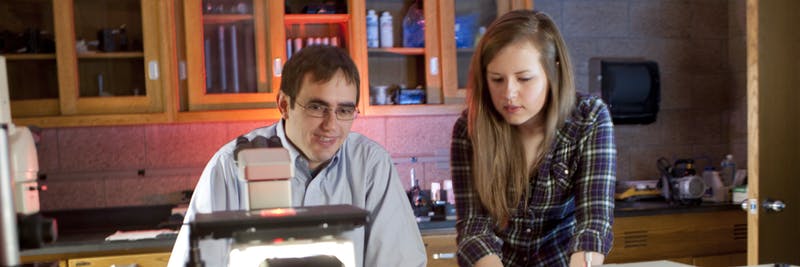Document Type
Article
Abstract
Optical clocks are emerging as next-generation timekeeping devices with technological and scientific use cases. Simplified atomic sources such as vapor cells may offer a straightforward path to field use, but suffer from long-term frequency drifts and environmental sensitivities. Here, we measure a laboratory optical clock based on warm rubidium atoms and find low levels of drift on the month-long timescale. We observe and quantify helium contamination inside the glass vapor cell by gradually removing the helium via a vacuum apparatus. We quantify a drift rate of 4 x 10-15, a 10 day Allan deviation less than 5 x 10-15, and an absolute frequency of the Rb-87 two-photon clock transition of 385,284,566,371,190(1970) Hz. These results support the premise that optical vapor cell clocks will be able to meet future technology needs in navigation and communications as sensors of time and frequency.
Department(s)
Physics and Engineering
Publication Title
Sensors
Volume
22
Issue
5
Publication Date
3-3-2022
DOI
10.3390/s22051982
PubMed ID
35271129
Recommended Citation
Lemke, Nathan D.; Martin, Kyle W.; Beard, River; Stuhl, Benjamin K.; Metcalf, Andrew J.; and Elgin, John D., "Measurement of Optical Rubidium Clock Frequency Spanning 65 Days" (2022). Physics and Engineering Faculty Publications. 33.
https://spark.bethel.edu/physics-faculty/33



Comments
Available through a Creative Commons Attribution license from Lemke, N.D.; Martin, K.W.; Beard, R.; Stuhl, B.K.; Metcalf, A.J.; Elgin, J.D. Measurement of Optical Rubidium Clock Frequency Spanning 65 Days. Sensors 2022, 22, 1982. https://doi.org/10.3390/s22051982
Student author: River Beard, Physics and Engineering graduate